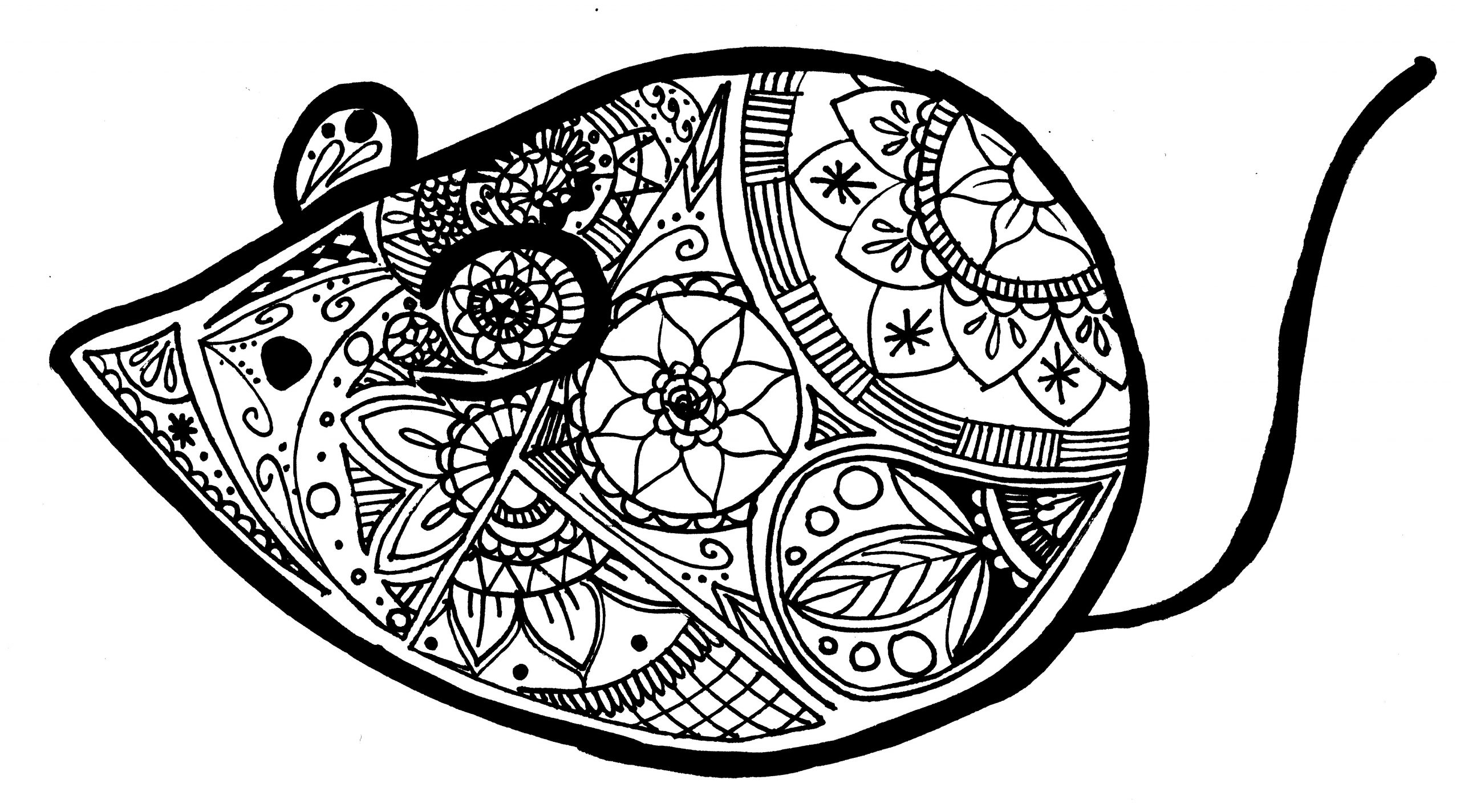The struggle of transitioning to modernity is something that is hard to completely understand for people living in the present. Yes, of course, we still have flaws and faults but I believe we also have many solutions for problems that were unsolvable at the time. Yet we look back at history and often think “why couldn’t they have thought of such a simple solution?”. I think this also ties into what Mr. Dawson mentioned when talking about reading documents from the past. “We have the benefit of hindsight, and tend to impose ex post facto meanings and
importance on these texts, looking for a writer’s capacity to predict the future rather than
situating the text carefully in its present”(Dawson 129). We already know what comes after the writing was published so it’s very easy to see the irony, however, I never actually thought about how the authors at the time had no idea what was going to happen next, just like I have no clue where I might be two years from now (although I’ll still probably be at UBC who knows?). Just as Professor Jon had said in his lecture, “the future is hard to see, even when it’s close at hand”.
Another thing I want to write about is photography. Considering the fact taking a picture was probably a huge deal at the time, I think the photographs show the astonishment and pride people in Latina America felt towards the railroads, trams, artifacts, and plazas. The photographs represented modernization in the region. On the other hand, the portraits of the indigenous people, peasants, and agricultural laborers have a very similar aesthetic to the cast paintings, especially since they were used to record the nation’s populations. In this sense, although photography is a symbol of modernization, it was still used to reinforce old ideas of racial discrimination and white/European superiority.
One more thing I want to touch upon is the way, Creelman romanticized Días’s character and regime. I will admit, I only had very little to no knowledge about Porfilio Días and his presidency except that he is considered a dictator who held his position for an extremely long time in Mexico. Reading Creelman’s article gave me the exact opposite description as a patriotic, kind, wise man who unwillingly held on to his position for the greater good of Mexico. Given that the US was considered much more civilized and modern, describing an autocrat in this manner seemed very strange. However, what Dawson said in one of the videos for this week provided a reasonable explanation for this, which is that with all the corruption in the US at the time, Creelman probably did not think the States was a nation of a perfect democracy. Additionally, Creelman may have believed that Latin America, or Mexico in this case, was an uncivilized place where force was necessary to establish order.
Discussion questions:
- In Creelman’s text, he quotes Días talking about presidents should be able to hold office without limitations of terms as long as the citizens kept electing the individual. Do you agree with this idea? why or why not?
- If racial discrimination did not exist or was less prevalent in Latin America, would the process of modernity undergone more equally throughout the region?
- What would Latin America look like today if the economies depended more on the national market rather than foreign ones?
